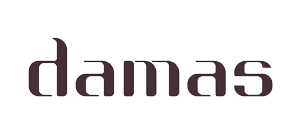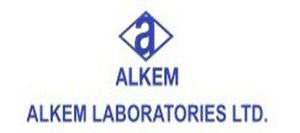
A building automation system (source: Wikipedia) is a computer-based control system installed for the purpose of managing, controlling and measuring engineering and electrical equipment installed in a building.
Building management systems also consist of software and hardware and are usually configured in a hierarchical manner.
Building management systems are most commonly installed in medium-sized and large buildings. Their core functionality is to regulate the environmental conditions, i.e. temperature, carbon dioxide level and humidity in the building’s rooms. The most common task that any building management system has is to regulate heating and cooling systems that deliver air to every part of the building (e.g. by operating fans or opening/closing dampers), then locally control the appropriate combination of heating and cooling in order to achieve the desired temperature in the given room. Measuring carbon dioxide exhaled by people is one possible secondary function, along with mixing fresh outdoor air and used indoor air in order to keep oxygen levels at the desired level, which also goes towards minimising heating/cooling loss.
Subsystems that interface with a building management system account for nearly 40% of the building’s overall energy usage; if lighting is included, this number approaches to 70%. Building management systems provide a critical intervention option for buildings that can be used to optimise their energy demand. Improperly configured systems can increase a building’s energy usage by up to 20%. Fire alarm and smoke detector systems can also transmit signals to building management systems, e.g. in case a fire is detected, and the system shuts off dampers in the fans to prevent fire/smoke from spreading.



























